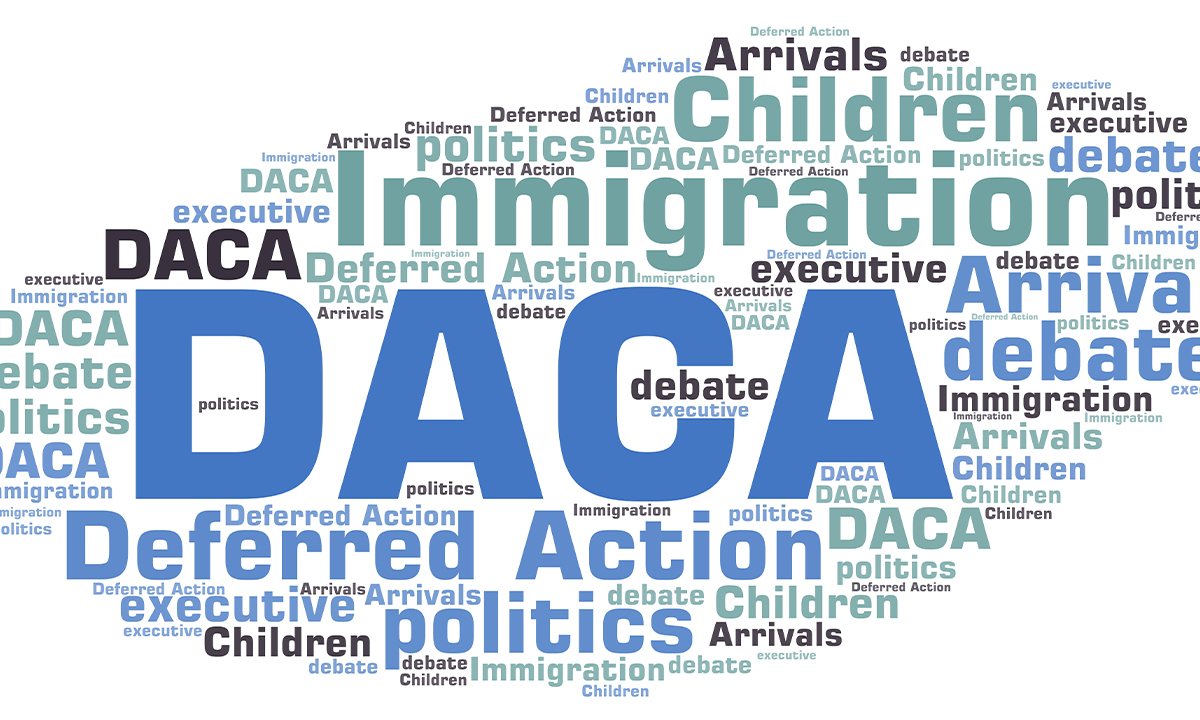Parents make many choices for children, including what to eat, what to wear, and where to live. Children have some freedom, but the choice of where to live isn’t included, especially if the family is moving from one country—or one continent—to another.
Created by an executive order of President Obama in 2012 without the approval of Congress, the Deferred Action for Childhood Arrivals (DACA) allowed nearly 700,000 young adults who were brought to the United States illegally as children (under 16 years old) to remain in the U.S. legally without fear of deportation.
Unfortunately, a lengthy legal dispute over DACA hasn’t solved the problem. The central legal issue isn’t whether the children deserve to remain in the United States or not, but whether DACA is constitutional or not. Article 1, Section 8 of the U.S. Constitution gives Congress, not the president, complete authority to determine United States immigration law. Therefore, the question becomes what constitutional power affords the President the ability to act unilaterally by issuing executive orders on issues beyond the purview of the executive branch.
The media loves to paint all DACA young adults as fluent in English and well-educated members of society. However, statistics show that only 49 percent of DACA adults have graduated high school. Another study indicates approximately one fourth of all DACA immigrants are functionally illiterate in English, with an additional 46 percent having only basic English skills. Low education levels and limited English skills decreases the likelihood of illegal immigrants being able to obtain higher-paying jobs, which lowers their economic contribution while increasing the need for government benefits.
DACA doesn’t solve America’s immigration problem any more than granting amnesty. As the 1986 Immigration Reform and Control Act (IRCA) failed to solve any issues in providing citizenship to nearly three million illegal immigrants. Instead, the policy and others like it have only encouraged more illegal immigration. Just ten years after IRCA’s passage, nearly six million more illegal immigrants were in the United States.
Congress needs to pass comprehensive immigration reform, but while those laws are being drafted and enacted, the federal government must concentrate on improving border security by employing physical and technological barriers to help stem the tide of illegal immigration.
The Supreme Court is set to definitively decide on the constitutionality of DACA in 2020. Both parties will make political hay of it, signaling that immigration will be a major issue heading into the elections. Regardless of whether the court of public opinion believes DACA is good policy or not, the power to grant amnesty and give government benefits to illegal immigrants can only be granted by Congress, not the president. On these grounds alone, DACA should be struck down as unconstitutional.
Photo by Ben Taylor via Flickr




